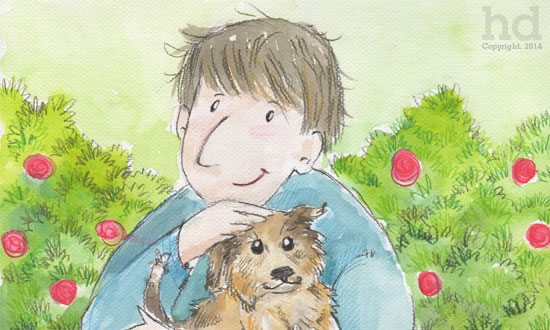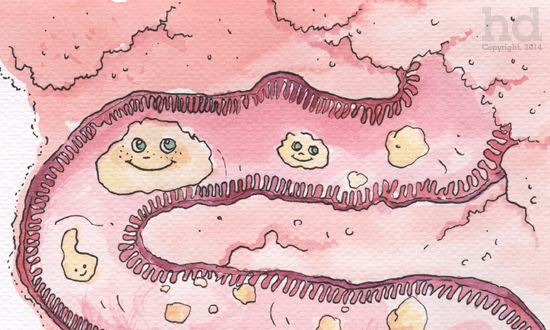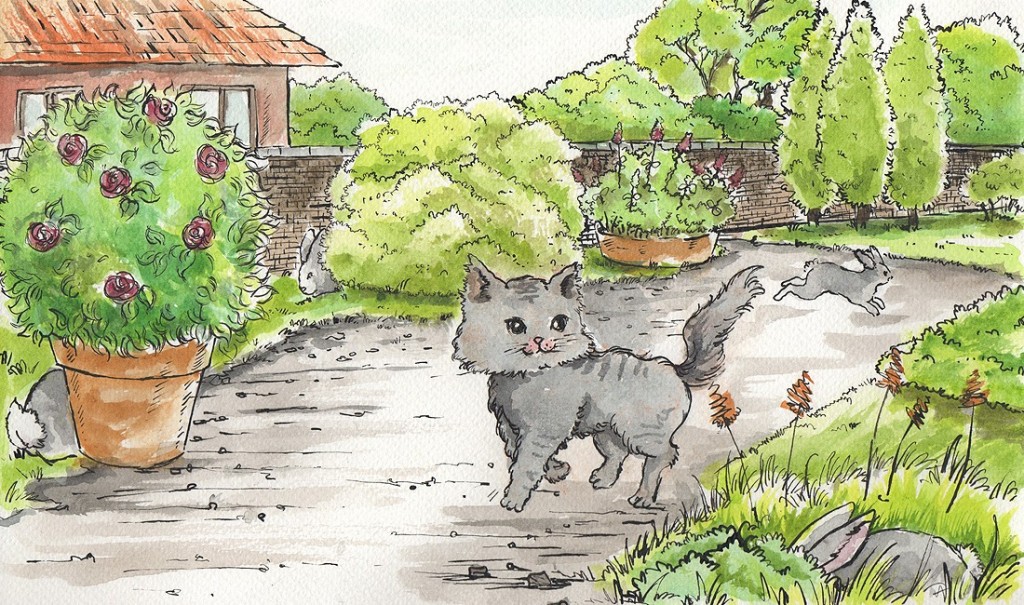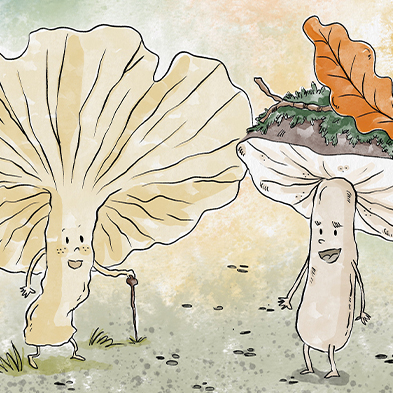Working in watercolor is a unique and delicate art. Each piece can become beautifully unique, holding specific depth each time it is reattempted. No matter your experience level, there are always tips and techniques that can be learned to help further your progress. When creating art, each day is a new day, each stroke holds a new opportunity.

Skin Tone
When creating a dynamic painting with watercolor, creating the perfect tone can be a real pain. There are several ways to easily conquer this step, and add confidence as you do.
Water down the Colors– You are working with watercolor paints, the more water you use, the lighter (and thin) the paint becomes. When creating a character, you need to be sure you lay down a good base before putting any more effort into it. After all, why scrap hours of work because the face is blotchy?
Less Is More– Adding thin layers and building upon them is a great way to add a natural look to your painting. Remember, it is easier to add color than it is to take it away!

Highlighting
When working with a complex piece, highlighting is used to accentuate a part of the piece that would be hit by light first, they are the brightest parts on the piece.
Use Light Colors– Rather straightforward advice, use white in moderation. See if you can mix a lighter skin tone color that will look more natural than a harsh white. However, for a beginner, white is a great starting point. Remember to blend the edges!
Use Less Water– When highlighting, you want that color to be on top and be thick. Using less water will give you that look and preventing colors from seeping together.

Shading
Shading is more complex than highlighting, although they both go hand in hand. Shading is accomplished by darkening the areas that are not touched by the light, like the inner ride of a nose, corners of eyes, and some parts of the neck.
Use Pencil– Gray is less harsh than a solid black, not to mention very hard to miss if you make a mistake. The other advantage to using a pencil is that because no water is involved, you have a much more controlled stroke, allowing for more finesse.
Keep It Light– Not every part of your painting has to be shaded “properly” as long as the light is kept consistent. Only shade the parts that need to have more attention brought to them, and do so with gray, not black unless it is a background.

Add Color
Watercolor is some of the most unique and versatile paints you can ever use, be sure to use them to their full potential! So many colors are easily created when two colors blend, leading to a very diverse painting.
Working with paints can open the doors to inspiration with every brush stroke. Sometimes it takes a while to catch on to a new skill, and that is what art is, a skill. Every skill be honed and refined, but the passion is what will take you to the next level. The possibilities of your creations are endless when working with watercolors, what will you create?




